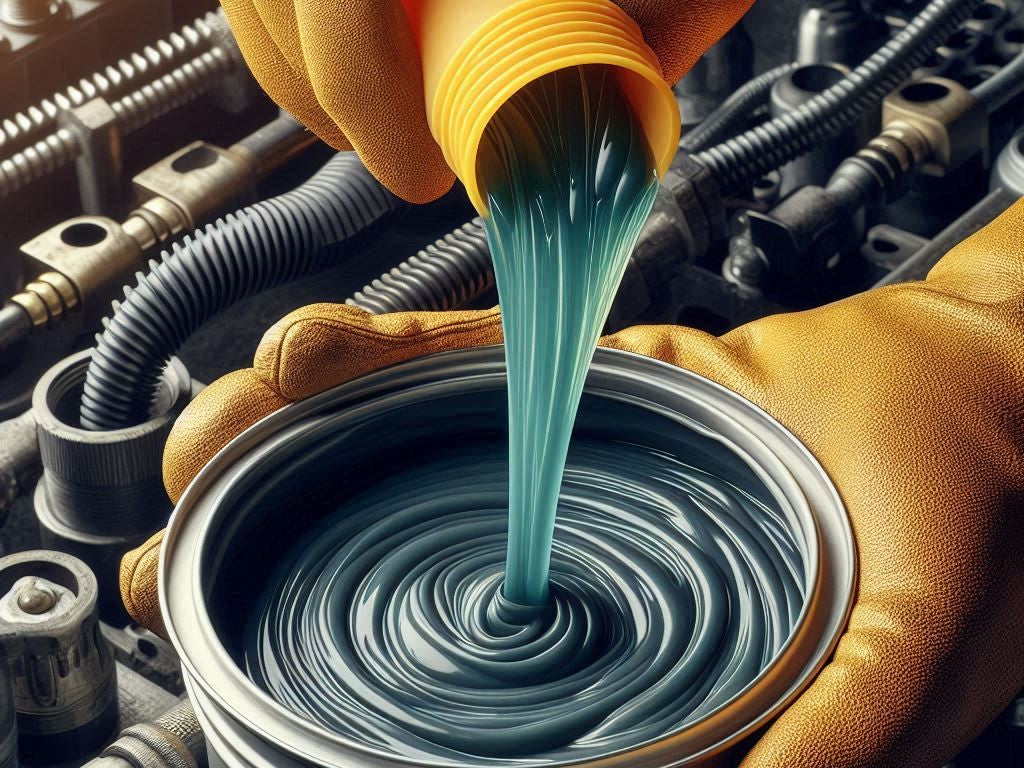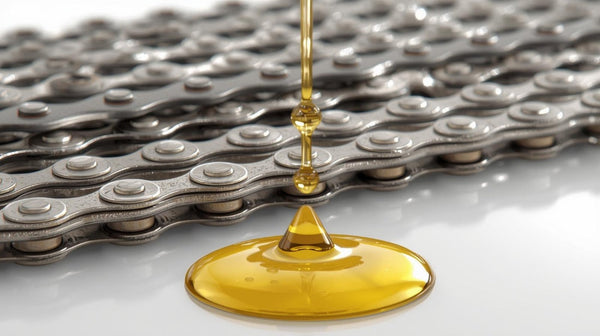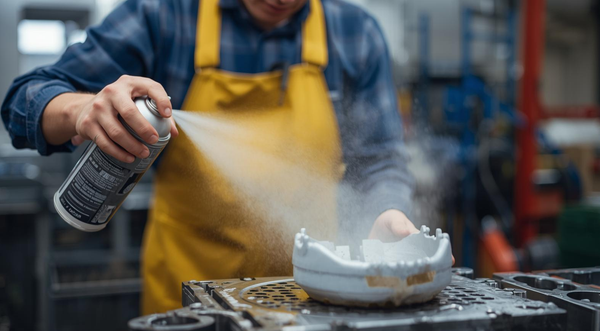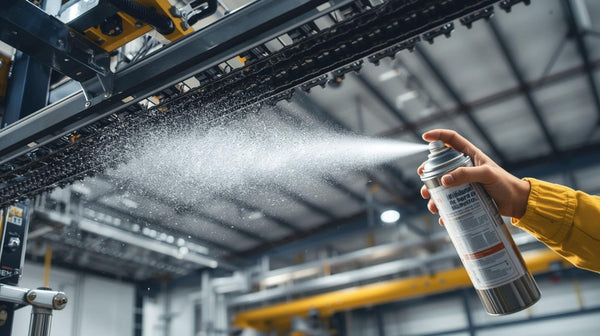Lubrication of rubber parts is essential in many industrial and domestic applications to ensure long-term, trouble-free operation. Selecting the right lubricant is important because the wrong lubricant can cause the rubber to degrade, causing it to crack, harden, or crumble. In this article, we will discuss the different types of lubricants suitable for rubber and their applications.
Synthetic lubricants are an important part of rubber maintenance, helping to keep it flexible and preventing cracking and aging. Here are some types of synthetic lubricants that are safe for rubber:

1. Silicone greases
Properties and applications
Silicone greases are one of the most popular and versatile rubber greases. They have excellent compatibility with rubber because they are chemically inert and do not cause material degradation. These greases are also water resistant, making them an ideal choice for outdoor and wet applications.
Advantages of silicone greases
- Wide temperature resistance: Can operate in extreme temperatures from -40°C to +200°C.
- Water and moisture resistance: Silicone does not dissolve in water, making it ideal for applications in humid environments.
- Durability: Silicone greases are resistant to oxidation and have a long service life.
- Safety: They are safe for most types of rubber and for the environment.
Applications
- Car door and window seals
- Seals in household appliances
- O-rings in water installations
- Rubber components in the aviation and space industry
Molykote 55 O-ring pneumatic grease for o-ring seals

Molykote 111 silicone compound
Molykote Separator Spray Food Grade Silicone Oil NSF H1 - 400 ml
Food grade silicone oil in Aerosol used as a release agent.
Applications and use
Release agent in the production of rubber and plastic products, cardboard packaging.
2. Teflon (PTFE) based lubricants
Properties and applications
Teflon-based lubricants, or PTFE (polytetrafluoroethylene), are also excellent for lubricating rubber parts. PTFE has a very low coefficient of friction, which makes lubrication extremely effective. Additionally, Teflon is resistant to most chemicals and works in a wide temperature range.
Advantages of PTFE lubricants
- Low coefficient of friction: Excellent sliding properties.
- Chemical resistance: Resistant to most aggressive chemicals.
- High temperature resistance: Can operate at temperatures from -50°C to +250°C.
- Long service life: PTFE is very durable and wear-resistant.
Applications
- Seals in industrial systems
- Spacers in precision mechanisms
- Rubber components in the automotive industry
- Laboratory equipment
MOLYKOTE® G-4500 FM with PTFE
White multi-purpose synthetic food grade grease compatible with rubber and elastomers
Thickened with an aluminum complex, it uses white solids and PTFE as solid lubricants. It is also H1 certified by the NSF for incidental food contact.
WEICON PTFE Spray Dry Teflon Grease
Dry lubricant, excellent sliding properties
"WEICON PTFE-Spray is an oil-free, dry lubricant based on PTFE with excellent sliding properties. It adheres to all metal, wood and rubber surfaces. The high content
PTFE reduces the coefficient of friction, and the grease coating itself does not absorb dust, dirt or water, and is resistant to grease, oils and many chemicals.
MOLYKOTE® 3451 Chemically Resistant Grease Compatible with Rubber and Elastomer
Chemically resistant fluorosilicone grease, PTFE thickened grease, suitable for lubricating rubber.

3. Fluorinated PFPE (perfluoropolyether) greases
Fluorinated greases are the highest class of all greases and are also safe for rubber and can be used as a lubricant, especially in applications requiring food contact. It is a non-toxic substance, making it an ideal choice for the food and pharmaceutical industries.
Advantages of Fluoride Lubricants
- Colorless and odorless : PFPE greases are colorless, odorless and completely inert to most chemicals, including oxygen. They are also non-flammable and non-toxic, often certified for the food industry.
- Compatibility : PFPE lubricants are compatible with most other materials such as plastics and rubbers.
- Thermal stability : They retain their properties even at extreme temperatures.
- Safety: Non-toxic and safe for health.
- Food compatibility: Can be used in areas where there is a possibility of contact with food.
- Resistance to water and moisture, often used as anti-corrosion lubricants
Applications
- Seals and O-rings in the Aerospace Industry
- Rubber elements in food packaging machines
- Lubrication of medical devices
- Industry : Used in guides, bearings, gears, and also in industrial machines.
- Oven, dryer and paint shop guides : Fluorine lubricants are effective in difficult working conditions.
Krytox GPL 205 Non-flammable grease
High quality non-flammable grease approved for contact with oxygen, white, clean, non-toxic, non-reactive. Compatible with rubber.
Fluorine grease based on perfluoropolyether PFPE, does not contain additives and can be used on elements in contact with chemicals. Used for lubrication of seals and O-rings in the aviation industry.
Molykote HP-300 Extreme Condition PFPE Grease - 500g
Fully fluorinated grease provides exceptional performance under extreme conditions. PFPE based grease with a base oil viscosity of 160 cSt at 40 C, uses PTFE as the solid lubricant.
Widely used in harsh environments such as low or high temperatures, corrosive, solvent, liquefied natural gas, high vacuum, etc. Can be used in clean room equipment and semiconductor manufacturing equipment where volatilization of lubricant material is undesirable including rubber and elastomeric seals
What to avoid when lubricating rubber?
When lubricating rubber components, it is important to avoid petroleum-based lubricants such as lithium greases, mineral greases, or mineral oils. These substances can cause the rubber to degrade, causing it to harden, crack, or become brittle.
Conclusions
Selecting the right rubber grease is essential to ensuring long-term, trouble-free operation of rubber components. Silicone greases, Teflon-based greases, glycerin greases, and some lithium soap greases are good choices that do not degrade the rubber and offer a variety of properties tailored to specific applications.
Before using any grease, it is always a good idea to read its specifications to make sure it is suitable for the given rubber type and operating conditions.
















